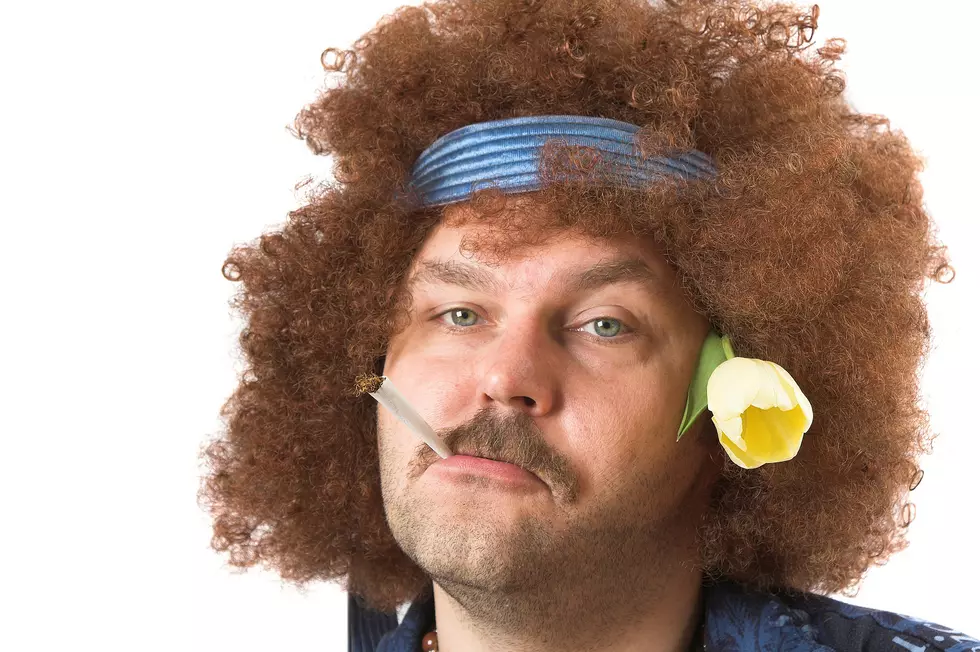
Repairman Accidentally Trips on LSD After Repairing Vintage ‘60’s Synthesizer
Can a 50-year-old dose of LSD still make one hallucinate all this time later?
One engineer found accidentally, that yes you can.
Broadcast Operation Manager for KPIX Television, Eliot Curtis, took home a vintage Buchla Model 100 modular synthesizer and began repairing it.
The instrument had been in sitting in a cold, dark room since the 1960s at Cal State University East Bay.
After opening a panel on the module of the synthesizer, Curtis noticed "a crust or crystalline residue on it".
Curtis did what most of us would do in that type of situation, try scratching it off the instrument. Whether it's by putting some cleaner on it and wiping it up or picking at it with your fingernail to try and dislodge it.
Curtis chose the latter. No harm, no foul. Or so he thought.
About 45 minutes later, Curtis said he starting to feel tingly. Little did he know, it was the beginning of a nine-hour acid trip!
Is that even possible all this time later? Turns out yes it is!
After running some tests, it turns out the substance on the synth was in fact LSD. And apparently, LSD can remain potent for decades if it's stored in a cold, dark place. There is also written evidence from Albert Hoffman, the first person to take LSD, that proves that it can be ingested through the skin.
How then did LSD end up on this musical instrument? No one knows for sure, but there is a lot of speculation.
The inventor of the instrument, Don Buchla, was a big part of the 60's counterculture and this led to one of his synthesizers being purchased for a school bus for LSD advocate Ken Kesey.
Bulcha was also friend's with notorious Grateful Dead sound engineer Owsley Stanley. Stanley just so happened to be an infamous manufacturer of an extremely pure strain of LSD.
All of these are possible ways for the drug to end up on the synthesizer.
Curtis has since finished cleaning up the Bulcha but did so while wearing gloves.
More From 96.7 The Eagle




![Naked Man on LSD Rams into Police in Waukesha, WI [VIDEO]](http://townsquare.media/site/722/files/2015/08/Waukesha-Police-Department.jpg?w=980&q=75)


